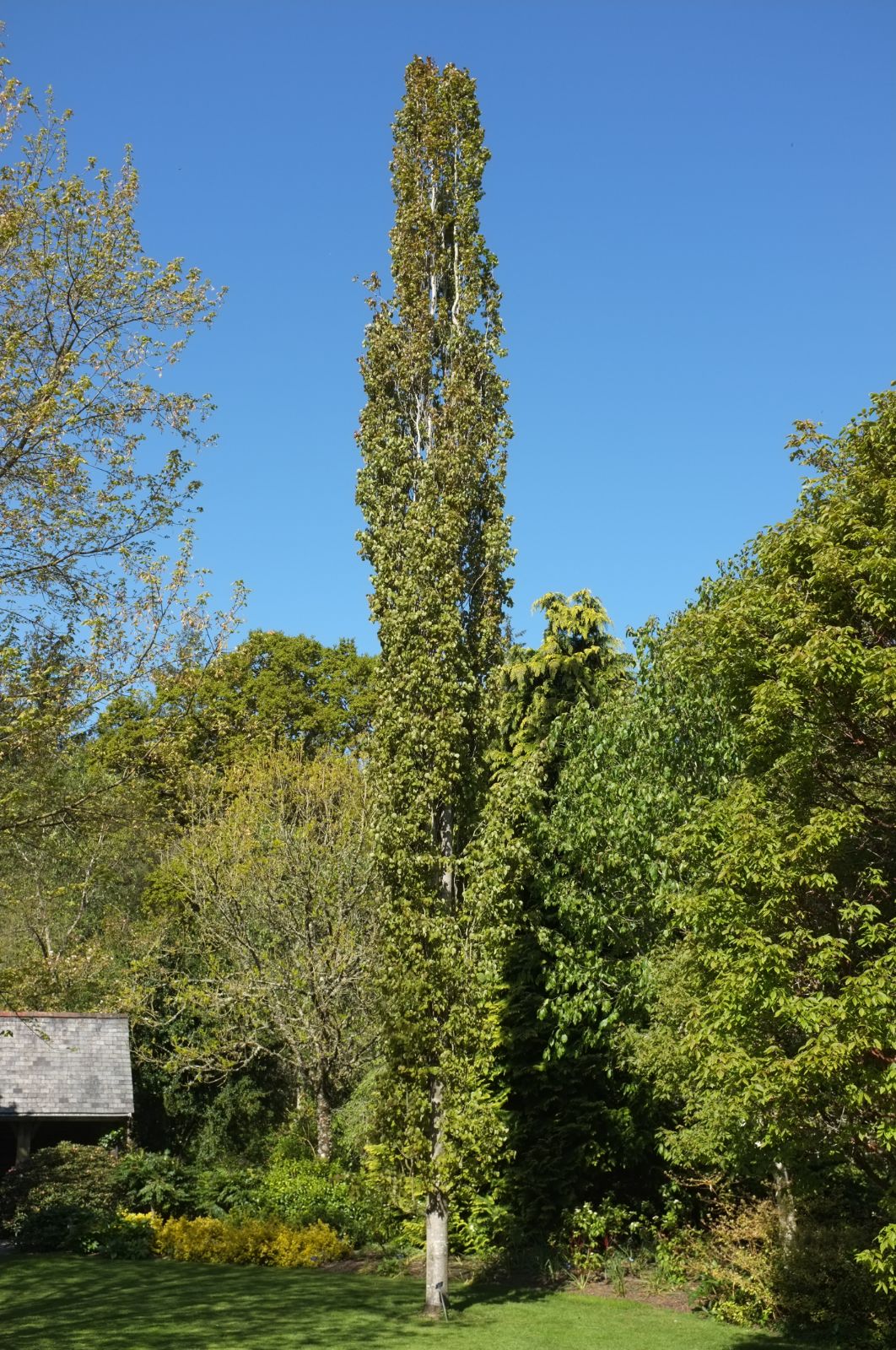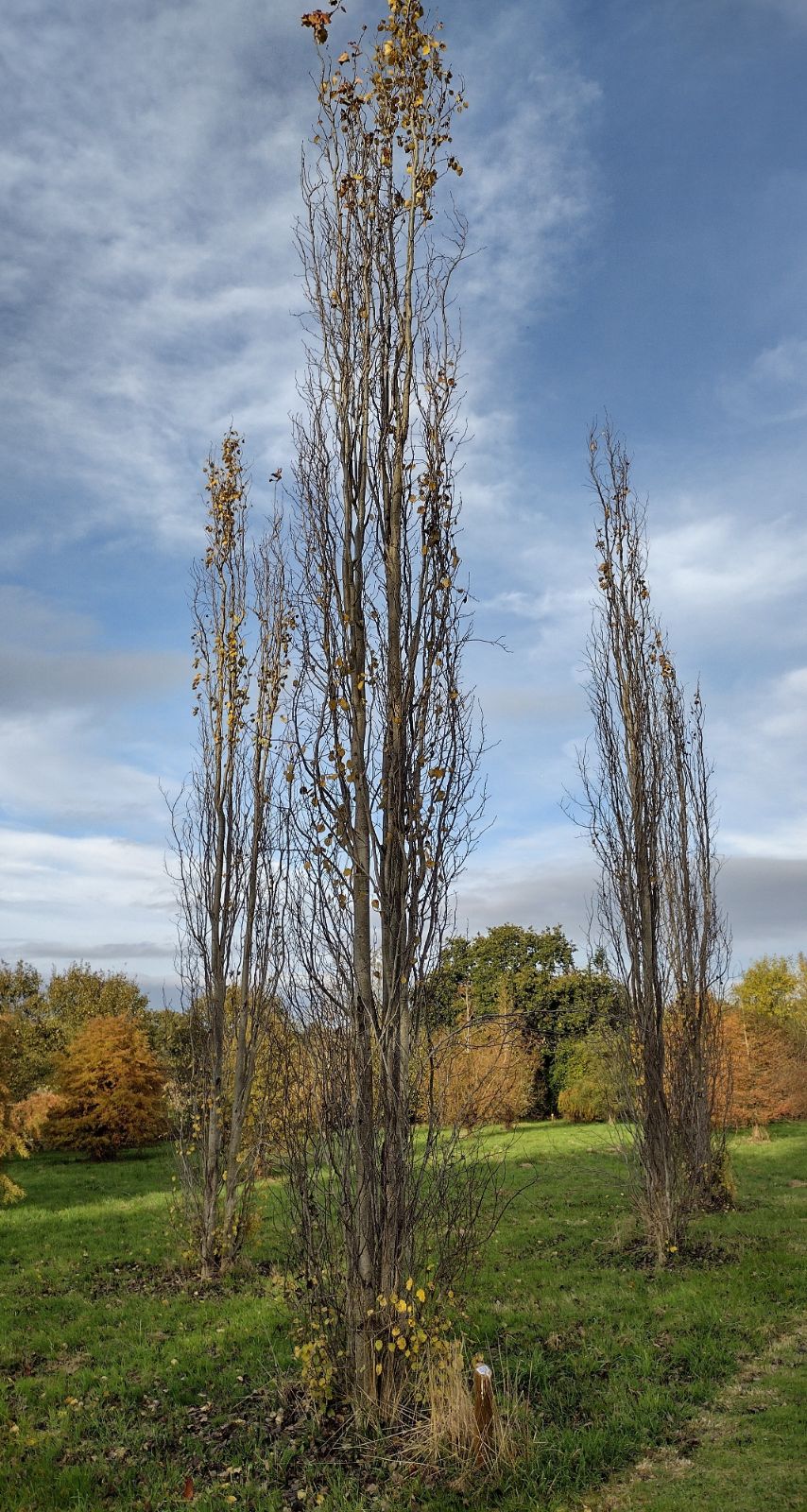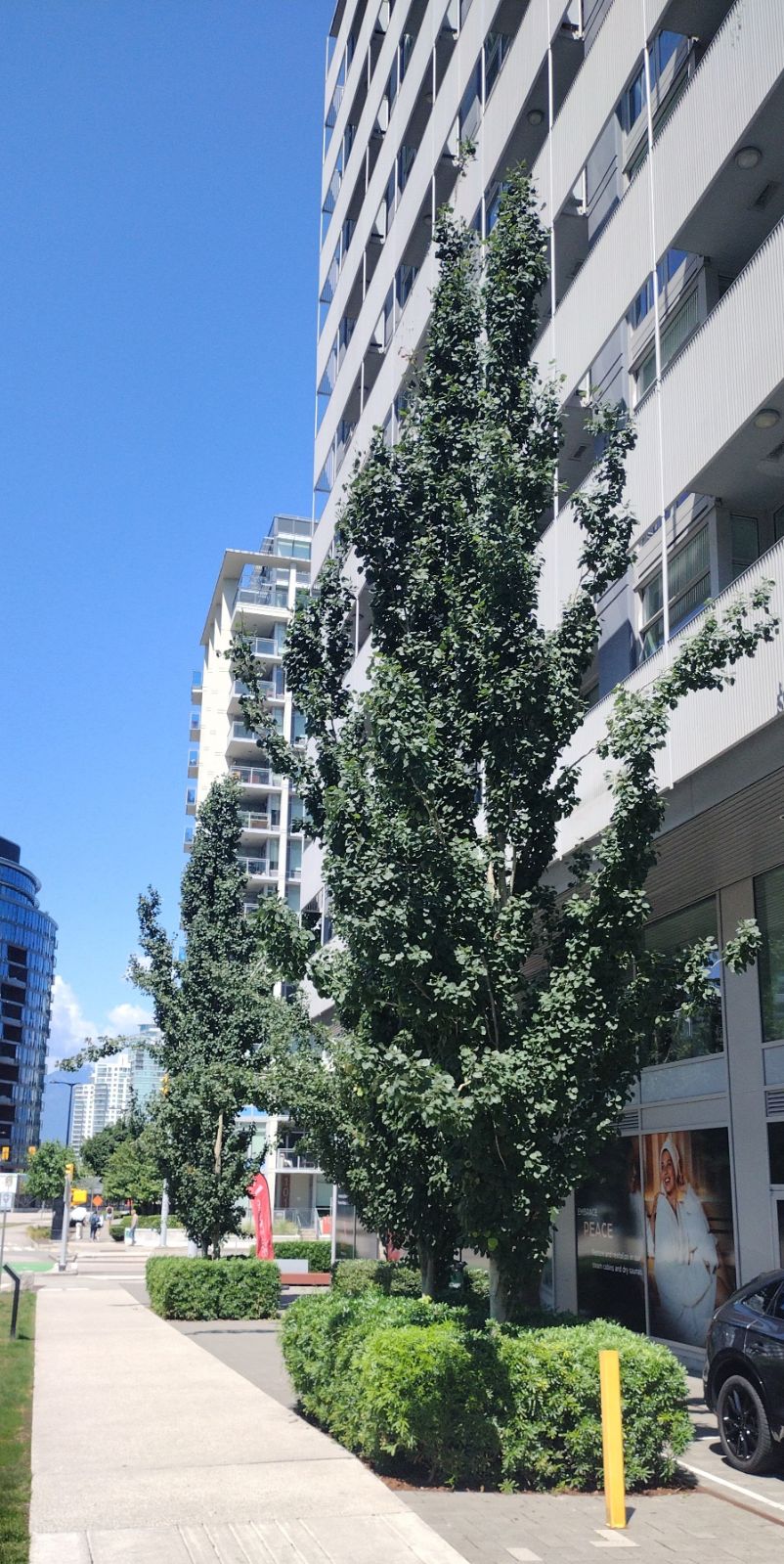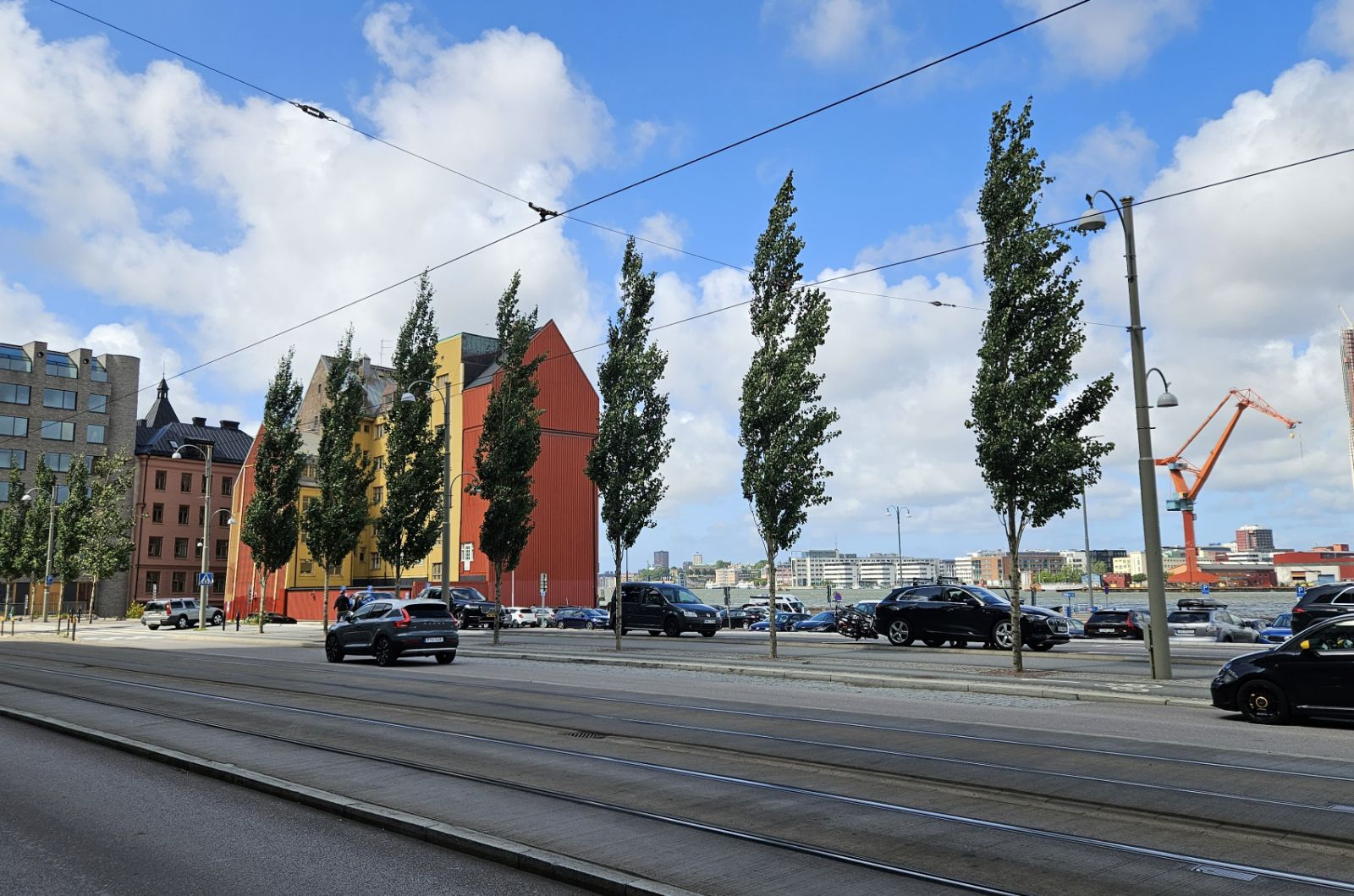Populus tremula
Credits
Article from Bean's Trees and Shrubs Hardy in the British Isles
Recommended citation
'Populus tremula' from the website Trees and Shrubs Online (treesandshrubsonline.
Genus
Common Names
- Aspen
Infraspecifics
Other taxa in genus
- Populus acuminata
- Populus adenopoda
- Populus alba
- Populus angulata
- Populus angustifolia
- Populus balsamifera
- Populus × berolinensis
- Populus × canadensis
- Populus candicans
- Populus canescens
- Populus ciliata
- Populus deltoides
- Populus fremontii
- Populus × generosa
- Populus glauca
- Populus grandidentata
- Populus heterophylla
- Populus koreana
- Populus lasiocarpa
- Populus laurifolia
- Populus maximowiczii
- Populus nigra
- Populus purdomii
- Populus sargentii
- Populus simonii
- Populus szechuanica
- Populus tremuloides
- Populus trichocarpa
- Populus tristis
- Populus wilsonii
- Populus yunnanensis
A tree rarely more than 50 ft high in this country; winter-buds bright brown; young shoots glabrous. Leaves greyish green, roundish to broadly ovate; from 1⁄2 to 2 in. wide on the short lateral twigs, as much as 4 in. wide on vigorous long shoots, apex pointed, base rounded or straight, prominently toothed, the teeth being few, large (often 1⁄8 to 1⁄6 in. deep), blunt, and somewhat incurved, margin thickened, more or less woolly when young, becoming quite glabrous by autumn, or with remains of the down beneath towards the base near the leafstalk; stalk very slender, usually smooth, 1⁄2 to 21⁄2 in. long, two-edged. On the leaves of vigorous shoots there is a pair of glands where it joins the blade. Male catkins grey, 2 to 4 in. long, produced in February.
The aspen is very widely distributed in the temperate zones of the Old World north of the deserts, from the Atlantic to the Pacific and the Bering Sea, but in N. Africa it occurs only in Algeria and it is absent from the Himalaya and Japan; in China it may not occur in its typical state, but is represented by a variety. In the British Isles it is commonest in the north and west.
The best known attribute to the aspen is the perpetual quiver of the leaf. ‘To tremble like an aspen leaf’ is a phrase whose use goes back to Spenser’s time, perhaps long before. This movement is seen in other poplars with compressed leaf-stalks, but is never so marked as in this. A curious superstition prevailed in the Scottish Highlands (perhaps does so now) that the cross on which the Saviour was crucified was made of the wood of this tree, and it was, in consequence, held in abhorrence. In the north of England it is (or was, sixty years ago) regarded by peasant women and children with a feeling of dislike akin to fear, probably owing to some similar legend.
The aspen is only likely to be confounded with two other poplars – the one, P. tremuloides, an American species distinguished by the pale yellowish bark of young trunks and main branches, and by the smaller type of leaf, being very finely and evenly toothed, and furnished with hairs on the margin when young, but otherwise glabrous; the other, P. canescens, is easily distinguished by the whitish wool on the undersurface of the leaf, and also pale bark of the young trunk.
From the Supplement (Vol. V)
var. davidiana. – This variety has a wider distribution than stated, extending into Korea and the Ussuri region of Russia.
'Erecta'
In the Gardeners’ Chronicle of 12th June 1926, p. 414, there is mentioned as having been found in the woods of Svalov, Sweden, an aspen of fastigiate growth resembling the Lombardy poplar. It has been introduced to cultivation.
P tremula × P. tremuloides
Hybrids of this parentage are used in commercial plantations in Scandinavia, but have proved to be of no value in Britain, where they are subject to bacterial canker (Street, Exotic Trees in the British Commonwealth, p. 637).‘Hiltingbury Weeping’, raised by Messrs Hillier in 1962, is the result of a deliberate cross between P. tremula ‘Pendula and P. tremuloides ‘Pendula’.
'Pendula' Weeping Aspen
A male form with stiff, pendulous branches, propagated by grafting on P. canescens. It produces a great wealth of grey-purplish catkins in February and is one of the most conspicuous and beautiful of early-flowering trees, but is now uncommon.'Purpurea'
leaves with a purplish tinge, not very marked. a female tree.var. davidiana (Dode) Schneid.
Synonyms
P. davidiana Dode
var. villosa (Lang) Wesmael
Synonyms
P. villosa Lang






